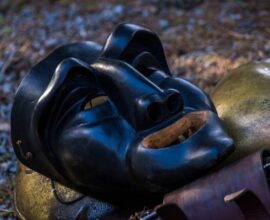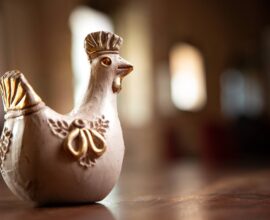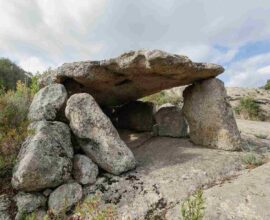Bamboo’s characteristics, properties and uses: in the Forte Village’s garden grows the plant that symbolises resilience
Bamboo, the thousand uses of this plant that is good for the body and the environment
Bamboo boasts countless properties that make it a fundamental resource for our well-being, the environment and other varied fields.
Forte Village, the award-winning resort in Santa Margherita di Pula in the Cagliari province, boasts a park where nature and wonder meet giving life to an oasis of greenery and well-being in a spectacular setting a stone’s throw from the white beaches and the turquoise sea of Southern Sardinia.
Among other wonderful flora grows bamboo, a plant symbol of resilience and long life that’s widespread in Asia, boasting numerous benefits both for the body and for the environment.
The term “bamboo” (scientific name Phyllostachys edulis) refers to more than 100 species belonging to the grass family. These are divided into two subgroups to recognise and distinguish herbaceous bamboo from woody bamboo.
The most well-known and appreciated genus belongs to the Moso variety.
The plants are very vigorous and evergreen, the height varies from a few centimetres up to 40 meters, and the stem (called culm) appears cylindrical with very evident knots and cables at its centre, from which the lanceolate and thin leaves develop.
Bamboo enjoys great longevity and has mechanical properties that make it versatile and fit for use in various fields:
- Resistant to moisture and deformation;
- Flexible and remarkably impact resistant;
- Can withstand high and low temperatures;
- Liquids and stains repellent
Thanks to these characteristics, it is sometimes called “vegetable steel” and is a material of the highest quality, resistant to compression and traction.
The countless uses of bamboo
As mentioned, bamboo is utilised in many fields. They range from gardening, where is used in the construction of palisades, scaffolding, fences, load-bearing structures, windbreaks, water ducts and outdoor floors, to the textiles and the paper industry to produce sustainable and resistant fibres.
It is a material used for the most disparate applications in object making, even to build musical instruments.
Let’s not forget either the great importance of bamboo in nutrition: the sprouts are rich in minerals such as copper, manganese and silica, B vitamins, soluble and insoluble fibres and potassium.
It is full of proteins and with a delicate and pleasant flavour, it therefore contributes to the body’s well-being as fibres are essential for the proper functioning of the intestinal tract, copper guarantees effective transport and use of iron, and potassium is involved in cardiovascular and blood pressure, manganese improves mental activity, promotes bone growth, and has an antioxidant function.
The silica, which is found in high concentrations in the stem, has anti-ageing action and is important for the synthesis of elastin and collagen, good for joints and connective tissue.
Finally, bamboo can play a key role in environmental sustainability: during its very rapid growth (in some cases the growth rate can be around 5 centimetres per hour!) it releases considerable amounts of oxygen and absorbs a lot of carbon dioxide (in one day it can absorb the CO2 produced by two cars) becoming key in combatting climate change.
Forte Village Resort’s green side, environmental protection
Forte Village Resort has been awarded the title of “Best Green Hotel in the World” at the “World Travel Awards”. Its approach from the get-go has always been aimed at environment safeguarding and sustainable development, with programs geared towards conservation, protection and enhancement of the landscape.
In the seventies, it installed a pioneering rainwater collection system and later started a water recycling plant. 70% of waste collected is recycled and only electric vehicles or bicycles are used to travel within the Resort.
To conclude, its park: has 47 hectares of greenery with over 15,000 trees, 2 million plants, bushes, flowers, Mediterranean scrub and the exotic charm of foreign vegetation.
The slender bamboo, the scent of eucalyptus, the miraculous aloe, the elegant yucca, the olive trees, the pines that shade the landscape… It’s a true oasis where to enjoy the fresh air, quiet and freedom and relax basking in the triumph of a discreet and fascinating nature.
Would you like to experience a fabulous holiday in an authentic paradise? Discover Forte Village Resort in Sardinia






